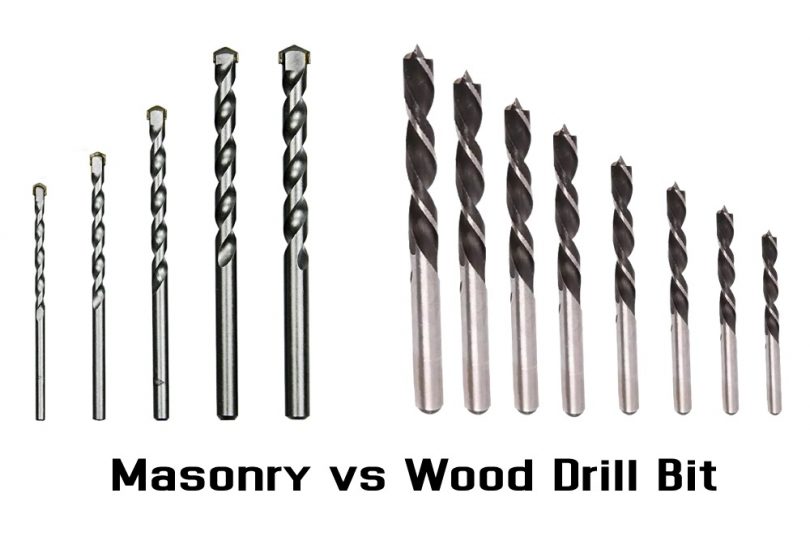There are many different types of drill bits available for your power drill. Your project won’t be so successful if you don’t know which bit is best for what purpose.
Here we will share all the differences between mason and wood drill bits to make your life a little easier!
Masonry Vs Wood Drill Bit: What’s the difference?
Key differences at a glance
| Comparing factors | Masonry drill bits | Wood drill bits |
| Used material | High-Speed Steel (HSS) or Cobalt Steel | Carbon steel |
| Coating | Titanium | Black oxide |
| Tip style | Thick edges | Pointy sharp edges |
| Compatibility | Can be used as wood drill bits | Can’t be used on masonry |
| Working style | Need more pressure and muscle strength | Need less muscle strength and pressure |
| Price | Comparatively expensive | Comparatively cheaper |
| Durability | More durable | Less durable |
| Works on | Masonry (stone and brick), metal | Wood |
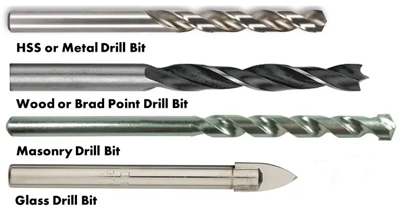
You can easily recognize wood and masonry drill bits by the design of their tip and the materials they are made of.
Wood drill bits have pointy sharp edges at their tips while most masonry bits have thick edges at their tips.
What are they made of?
Most wood bits are products of carbon steel and coated with black oxide.
On the other hand, masonry bits usually are made of High-Speed Steel (HSS) or Cobalt Steel and they often come with titanium coating.
Are masonry and wood drill bits compatible
Wood bits are not compatible with masonry because if you try to drill concrete with wood bits, you will literally ruin them.
But you can drill wood with masonry bits with the right amount of force.
How hard should you push?
Masonry drill bits are strongly made and most of them can pierce through metal.
You need to apply more pressure with masonry drill bits since you are dealing with concrete here. Drilling wood requires less muscle.
About the Cost
Wood drill bits are less pricey because they are not built with robust materials used in Masonry drill bits.
About Durability
When it comes to durability, the masonry drill bits appear clear winners and last longer than wood drill bits.
They are the toughest of steels coated with titanium, where wood drill bits are mostly made with carbon steel and coated with black oxide.
Wood Drill Bits
Brad & Pilot Point bits
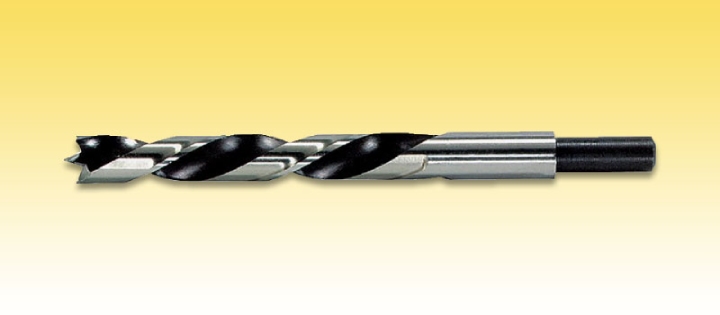
Brad and Pilot Point drilling bits feature a W-shaped middle point which is capable of making a clean exit hole.
They are favorites of woodworkers and carpenters when it comes to cabinetry, furniture construction, DIY work, and other regular woodworking projects.
Auger bits
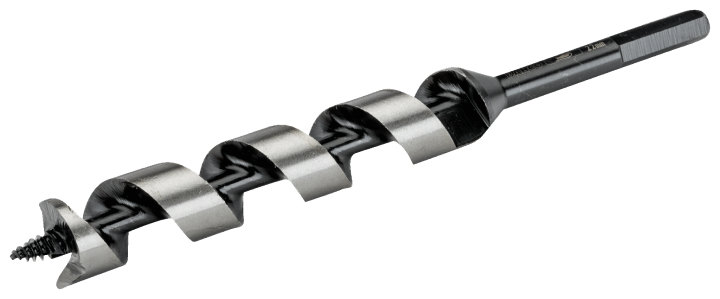
Auger drill bits are perfect for mega woodworking and construction projects as the screw-tip pulls the bit in itself; so minimal push is needed.
These are normally used to bore holes into the bulkhead and regular timber planks.
Spade Drill or Paddle bits

This is another wood drill bit useful for boring large diameter holes in the wall studs to frame them.
You’ll be alright doing any electrical, plumbing, or fine woodworking projects with these paddle bits.
Some of them are screw-headed, so they demand less pressure from your end.
Forstner bits
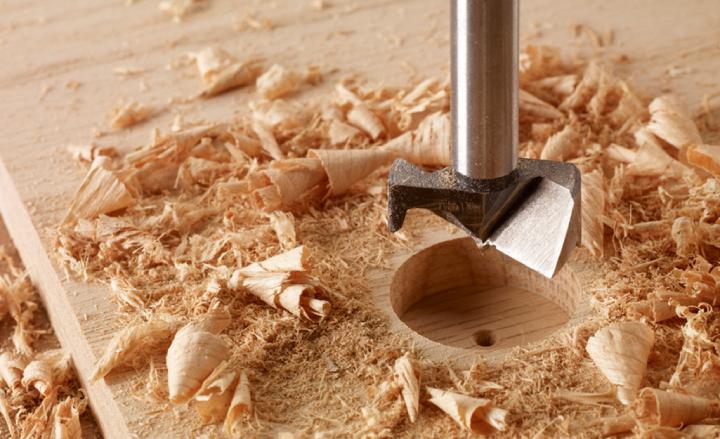
Forstner drill bits are incredibly good when you need a hole with a flat base. They have teethed variants in case you don’t want a flat base so much.
These special-purpose bits are particularly useful for making overlapping holes in cabinetry and door designs. The Forstner drill bits perform better with a Drill Press because you may just spoil the hole with a handheld drill.
Regular Twist Drill bits
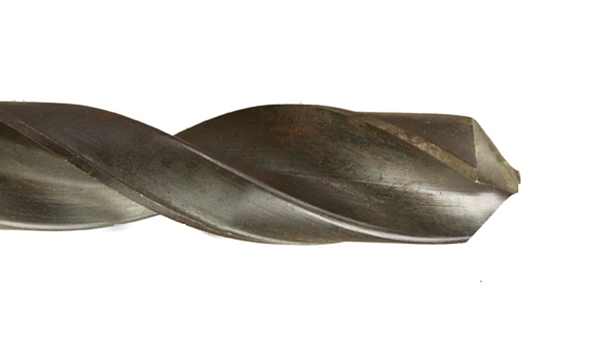
The regular twist bit is the most versatile one. Although they’re largely used for metalworks, you can also drill wood and concrete with them.
The Carbon Steel can drill softwoods pretty well, but get the bits made of Cobalt or coated with Titanium for long-lasting durability.
Masonry Drill Bits
Hole Saw
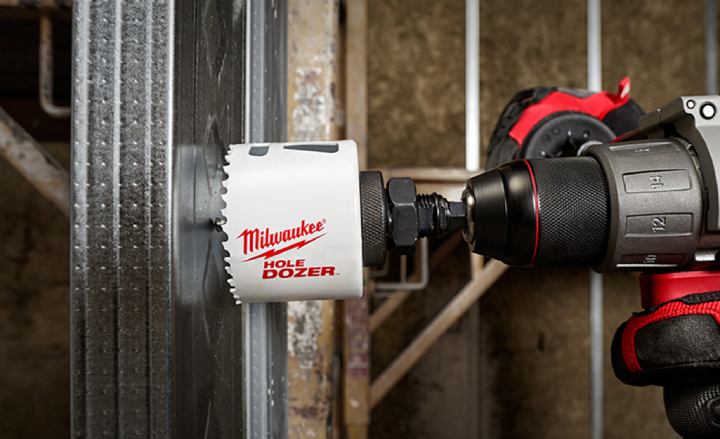
The hole saw is the drill bit you can choose for multipurpose use. Just attach the shank to connect to the drill, and you are good to go.
They are excellent for drilling big holes in metal, masonry, tile, and wood.
The Hole Saw is a true champion in construction, repairs, and renovation sites. This one is the first choice for piping and plumbing projects.
Hex Shank Drill Bits

The masonry hex shank drill bits are impact-rated and made to pierce through concrete. Their hardy carbide tips and wide flute design enhances material removal and makes drilling easier.
Coring Drill Bit
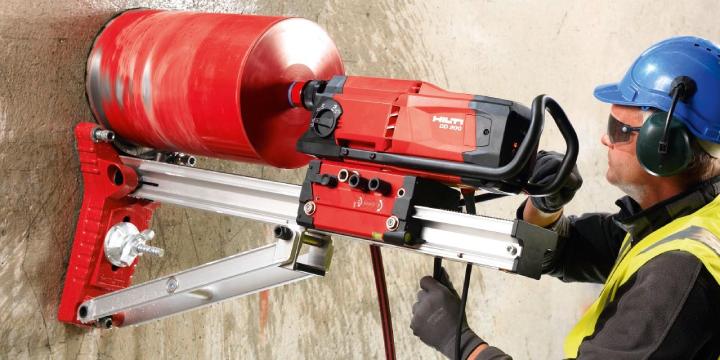
Coring drill bits are used in heavy-duty masonry work like drilling through thick concrete walls, bricks, blocks, wet concrete, bridges, and so on.
With a round deep hollow shape with teeth on the edges, the Coring drill bit is a rare and exotic kind. You can find them in all the variants to work with rotary, hammer, and impact tools.
Coring drill bits are available in all sizes starting from the small ones fit for your pocket to the giant ones capable of piercing the earth.
Compatibility with Power Drill
Every drill bit will not fit into every power drill for its limitation in size. A ?-inch power drill will only support drill bits with up to a ?-inch shank in diameter.
For instance, Masonry Hex shank drill bits are for standard cordless and corded drill chucks, while SDS+ bits only work with rotary hammer drill chucks.
FAQs
1. Can you drill masonry with a regular drill?
Ans: You cannot drill into masonry without a masonry drilling bit. If you try to drill concrete with a regular wood drill bit, you may harm yourself or break the bit.
But, if your regular drill is made of sturdy substances like HSS, Cobalt, or coated with Titanium; and good in action, you may be successful.
2. What sizes do masonry drill bits come in?
Ans: Masonry bits start from 3/16” in diameter to ½ inch on the regular market. Masonry Hole Saw bits come up to 4” in size. You’ll find them in a variety of sizes that will exceed your needs.
3. How do you drill into brick without cracking it?
Ans: Water the brick first. Get a drill and a thin Pilot Hole/Countersink drill bit that matches with the size of your anchor screw, select the drill spot on the brick, measure the depth you desire, and accordingly make a mark on the stem of your drill so you don’t overdo it.
When you feel all set, go for the action and do it correctly.
Note: A smooth hammer drill with a side handle works better for drilling the bricks without cracking them as the side handle gives you more accuracy and greater grip.
4. How can I tell if a drill bit is for masonry?
Ans: You can differentiate masonry bits by looking at their arrow-shaped wide heads. Their shape has similarities to corkscrew (slightly tighter) and twist drills (larger). They are mostly used in hammer drills.

